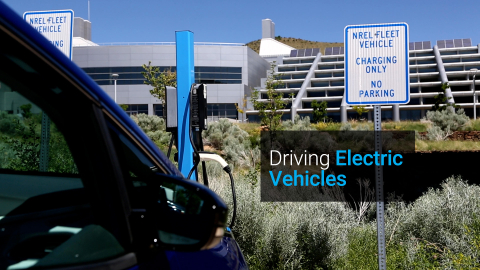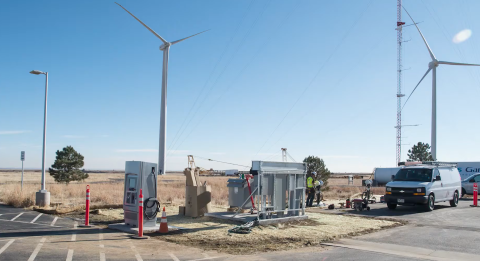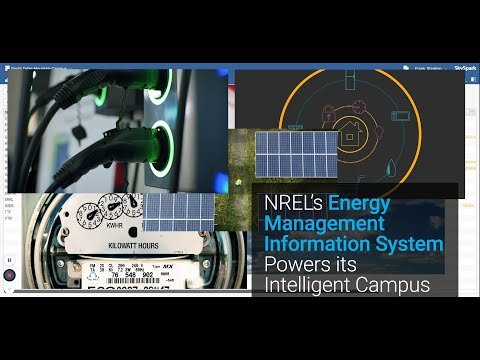This gallery features videos on the Federal Energy Management Program (FEMP) website. These videos were produced by FEMP or used with permission by other agencies or organizations.
Tools, publications, and case studies are also available.

The Customer Damage Function (CDF) Calculator is a free, publicly available web tool that helps you create a baseline of outage risks, quantify the potential benefits of resilience investments, and estimate the cost of inaction.

This training focuses on energy-efficient lighting for federal commercial and industrial applications, including what's mandatory and what else you need to know about LED lighting to select and buy the product that best meets your facility's needs.

This livestream recording features the 2023 FEDS Spotlight Recognition Ceremony where 26 individuals were honored as part of FEMP 50, an event celebrating 50 years of federal energy management.

This training focuses on Air Source Heat Pumps, and covers why efficient heat pumps can be a good choice, how to select a model that meets federal energy efficiency requirements, and how to buy the right model for your purpose.

This video features a success story from the Federal Energy Management Program’s Electric Vehicle Supply Equipment Tiger Team.

In this video, you’ll learn how driving an EV is different than a gasoline vehicle, and how to make the most of your ride.

Video outlines EV types and driving ranges, regenerative braking and drivetrain modes, electric vehicle supply equipment, and EV energy consumption.

More electric vehicles in your fleet means installing more electric vehicle supply equipment (EVSE). As you plan for more of these devices, you’ll need to understand EVSE compatibility, power ratings, and cybersecurity to properly assess installation.

In this video, you’ll learn how to calculate the vehicle’s total cost of ownership and properly assess all the potential benefits and tradeoffs of adopting EV technology for your fleet.

Video describes how NREL’s Intelligent Campus program uses an EMIS to manage and save energy, make operational decisions, and function as a living laboratory.

